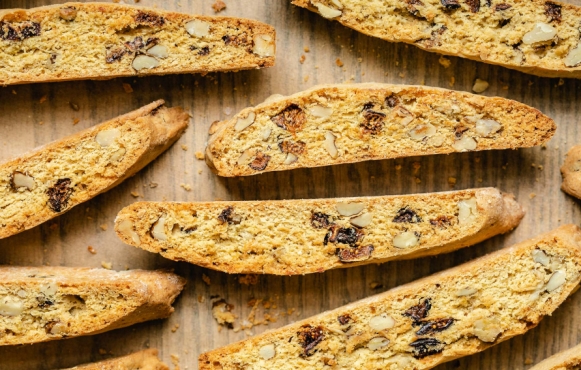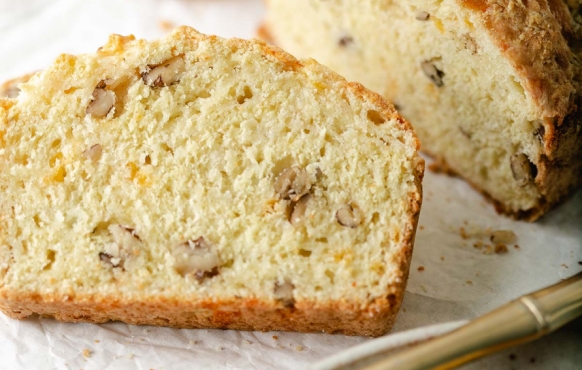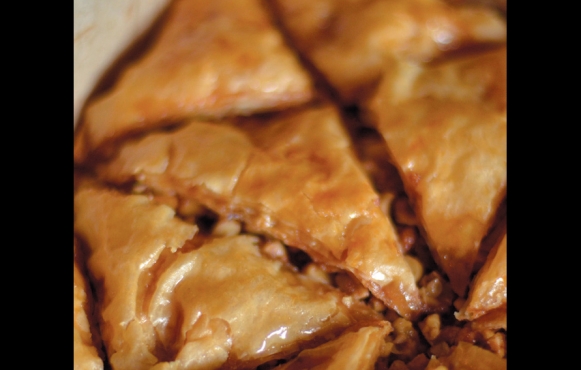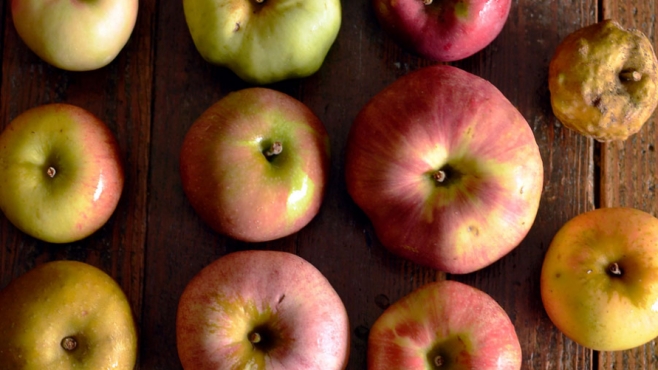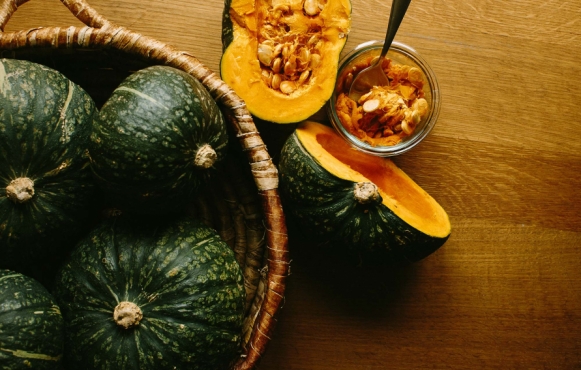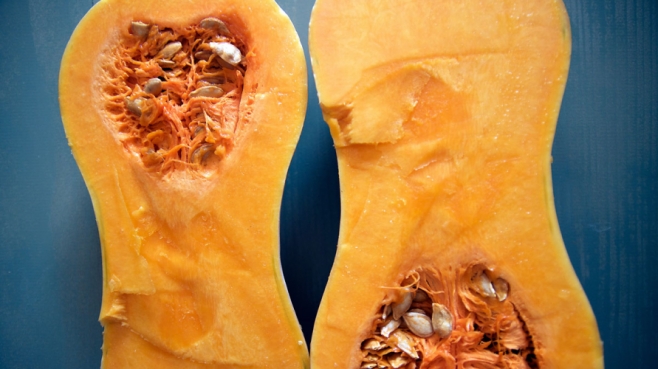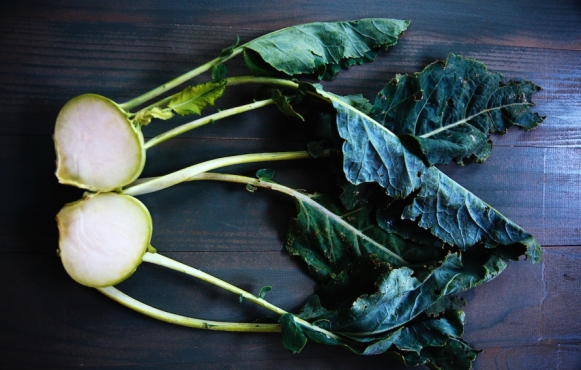Black Walnuts
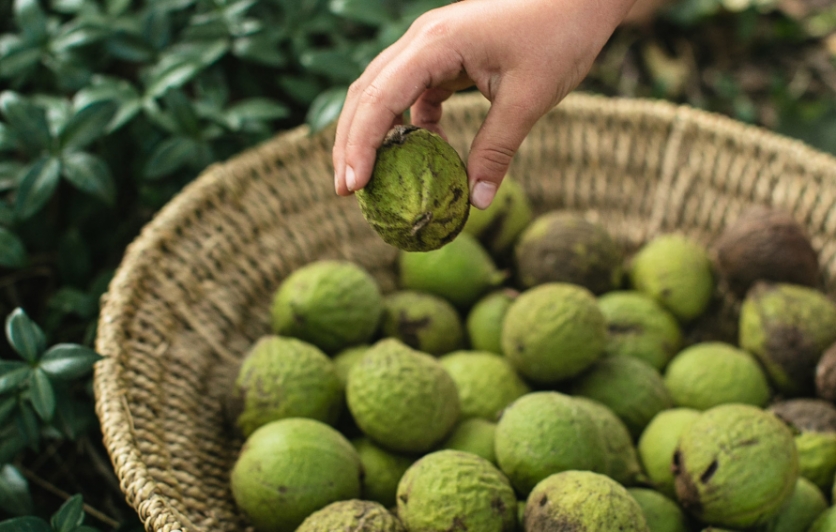
I didn’t know until well into adulthood that the mushy black walnuts I would squish beneath my feet as a young girl could be processed and enjoyed as a delicious treat.
Black walnut trees are native to North America and have long contributed to the diets of indigenous peoples. English walnuts are what we have become accustomed to eating because they are milder in flavor and easier to cultivate and process for global consumption.
It’s impossible to consider the two varieties the same once you’ve tasted the difference. Black walnuts are robust in flavor, with earthy and mildly bitter notes that are hard to describe. They almost taste like the tree itself.
Black walnut trees have a sustainable growth cycle, growing completely on their own with rainwater and without the need for any chemicals, and their nuts are incredibly versatile. Not only is the meat on the inside of the hard shell enjoyed in sweet and savory dishes, but every part of the walnut is useful. The black outer hull makes a wonderful fertilizer or natural dye for fabrics. The hard shell surrounding the meat is used as an abrasive for cleaning and polishing and as an ingredient in many commercial products.
Whether you harvest them from the ground yourself or buy from a retailer, I hope you will see black walnuts in a new light—and maybe even try them in one of our original dishes this winter.
Selecting:
Black walnuts can be purchased from a handful of retailers or processed yourself. Once they begin falling from the trees between September and October, collect as many as you can from the ground. If the hulls are still green, let them sit out (away from squirrels) so the hulls can soften. Toss any with hulls that have begun to rot. Remove the black and brittle hulls with a dull knife and gloved hands or by using a hammer or heavy boot to smash the hull away from the tough inner shell. The hulls will stain hands and clothes, so dress accordingly. Rinse the hulled walnuts with a powerful hose or pressure washer to remove as much debris as possible. Place the clean walnuts on a screened tray or in a nut bag and store them in a cool and dry area (away from squirrels) for 2 to 4 weeks to cure. Turn them occasionally.
Storing:
Once the black walnut shells are completely dry, they can be stored for 1 to 2 years until you are ready to crack and consume them. To crack the hard shells, you will have the most luck with a bench-mounted vice. Or you can wrap the nuts with a towel and hammer away. Conventional nutcrackers aren’t strong enough. Once the nuts have been cracked and the meat is removed, store in a sealed container in the refrigerator for a few weeks or vacuum sealed in the freezer for up to 2 years.
Pairing:
Allspice, almonds, apples, asparagus, avocados, bananas, basil, beans, beef, beets, blackberries, black pepper, blueberries, bread, butter, cashews, celery, cheese, chicken, chocolate, cilantro, cinnamon, coconut, corn, cream, eggs, figs, fish, garlic, ginger, hazelnuts, hearty greens, honey, lemon, lettuce, lime, maple syrup, melon, milk, mint, mushrooms, nutmeg, oats, olive oil, onions, oranges, parsley, peaches, pears, pecans, pepitas, peppers, pistachios, plums, pork, prosciutto, rosemary, sage, salt, sausage, sour cream, soy, spinach, strawberries, sugar, thyme, tomatoes, turkey, vanilla, wine, yogurt.


